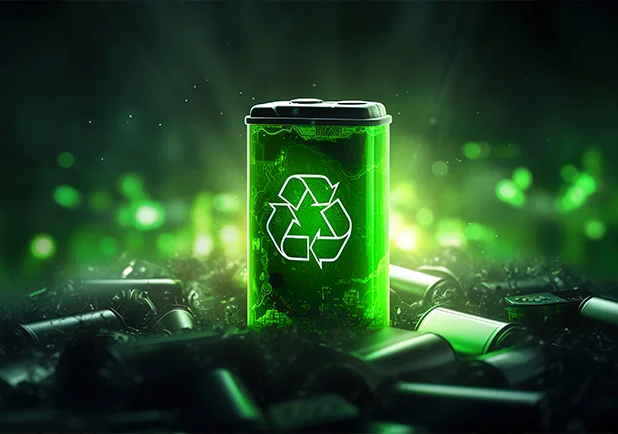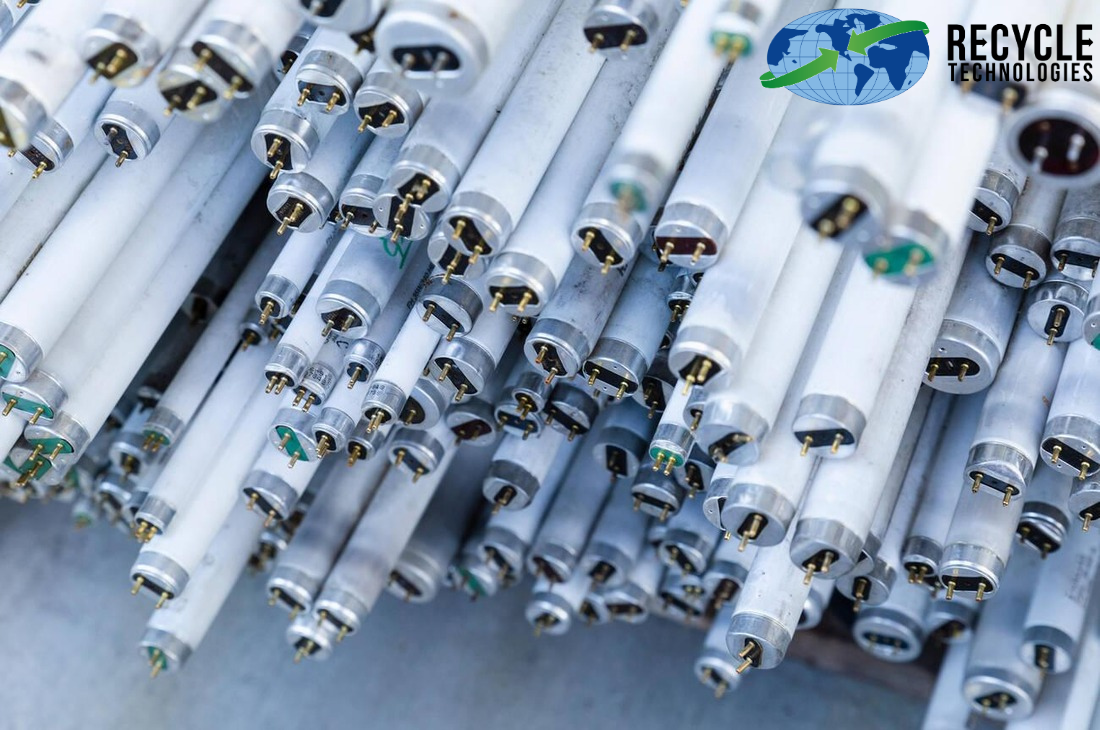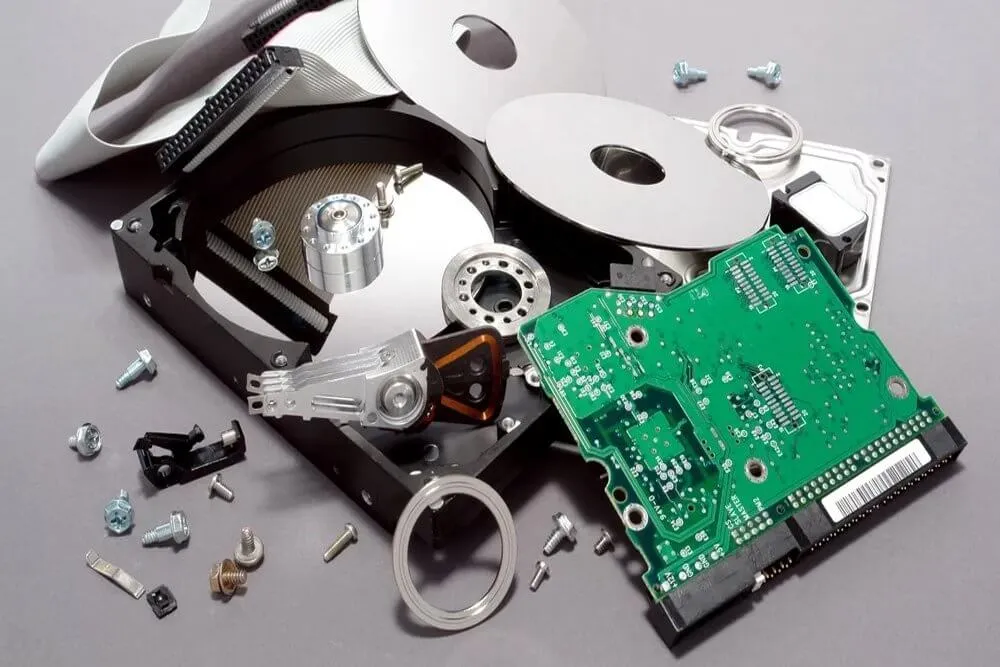A standard battery consists of various materials that are valuable for electronics, Aluminum, and Copper being the most sought-after metals. Recycling batteries is a great way to extract these metals in their raw form. Not only that, but we get many significant benefits from recycling batteries as a byproduct.
Many recycling companies are stepping up and finding ways to curb the recycling industry's challenges. At Recycle Technologies, we specialize in handling various types of batteries, including Li-ion, NiCd, Alkaline, and others. We realize potential issues with battery recycling methods, policymaking, and recycling. However, recycling battery components is a complex process.
Want to know how we are utilizing the benefits of battery recycling? Visit our website, www.recycletechnologies.com, to learn more about our sustainable recycling vision for e-waste.
Why Is Battery Recycling Important?
Recycling your batteries lessens the chances of groundwater contamination. Second, recycling batteries can alleviate the financial and environmental toll of new batteries and material production. Finally, you reduce the quantity of potentially harmful waste sent to landfills.
Because batteries have environmental hazards when disposed of incorrectly, the US government has placed various laws to curb the practice. The government also encourages recyclers such as Recycle Technologies to recycle batteries 100% and leave nothing out that can adversely affect human health and the environment.
Advantages of Battery Recycling
Only 10-12% of batteries sold in North America each year get recycled, as most batteries (other than Li-ion) can be recycled.
We must appreciate and highlight the benefits of recycling batteries to facilitate recycling. The following are some main advantages of recycling:
-
Reduces Landfills and Pollution
As used batteries are recycled, the amount of garbage placed in landfills decreases significantly. Because Li-ion is the new normal, recycling is critical because these batteries are not biodegradable. Hence, recycling batteries significantly cut pollutants.
With battery recycling, more resources in producing new batteries. We can salvage almost all components with some types of batteries, making the system 100% cyclical.
The recycling business generates numerous job opportunities. Numerous chances are established, from collecting batteries from waste dumping places, recycling companies, and collection facilities to distributing the finished product to the market.
Battery Recycling Challenges
When we say recycling is essential, we must highlight the challenging process. At Recycle Technologies, we acknowledge the challenges that we face when it comes to recycling smartphone batteries.
. More and more people will help dispose of household batteries while we will ensure that they are effectively recycled for the public.
Following are some challenges recyclers face while renewing battery components (especially Li-ion):
Volatility
A terrible fire broke out at the Shore Way Environmental Center in San Carlos, California in 2016, resulting in $6.8 million in losses. An incorrectly recycled lithium-ion battery started the fire. It might seem like a one-off incident, but nearly 90% of the recycling unit fires in the US and Canada are caused by improper battery recycling processes, generating an annual $1.2 billion net worth of damage.
Requirements/Testing
Researchers are constantly developing new and improved ways to make battery designs environmentally friendly and safe battery designs. However, we hardly see those designs materialize when we buy batteries at a store. Why is that?
There needs to be more research and market requirements. Even when recycled components are sent to large battery manufacturers, they must undergo lab vetting to justify that the recycled items match or exceed the capabilities of virgin batteries. Moreover, government-level lab testing benchmarks should be formulated to compare the performance of new and recycled batteries.
Recyclability
Since Li-ion batteries are everywhere, recycling such batteries is a universally accepted practice. There must be a clear path to large-scale economic recycling, even in the US.
We usually see an improved lifespan, charge capacity, and efforts to lower costs by the manufacturers. It is in no way a hurdle, but we do need proper channels to increase recyclability.
We need to improve the methods of recycling batteries and not rely on less-yielding ones practiced today. An ideal example of this would be the pyrometallurgical process. Another popular method gaining traction is the direct electrochemical method. Even though they exist, we require nuanced recyclability processes that can be widely used.
Methods of Recycling Batteries (Li-ion)
Li-Ion Batteries
Since phones and other technological gadgets have an overwhelming number of Li-ion batteries, we will discuss the recycling of Li-ion batteries first. The following are two ways to recycle Li-ion batteries:
At any recycling chamber, the lithium-ion batteries are first dismantled and processed through a mechanical process known as smelting. Plastics, aluminum, copper, and black mass can all be recovered from automated processing. The black group of the battery, which is rich in strategic metals, is collected and transported for hydrometallurgical processing.
-
Hydrometallurgical Processing
The first step is to extract the ore, then crush it into a fine powder before it is dissolved in water. The next step is to place the autoclave chamber under pressure and pump in the water and fine particle slurry. The temperature and pressure within the autoclave are significantly higher than those outside.
Afterward, different acids are added to the slurry for metal separation. At the end of the process, the metals are obtained via leaching processes, which is why the hydrometallurgical method is also called the leaching method.
NiCd Batteries
Before Li-ion batteries were used widely, nickel-cadmium batteries were the norm. The EU banned nickel-cadmium batteries in 2009 because cadmium is far more toxic than other elements in an eclectic battery. Moreover, these batteries are only 75% recyclable by weight, justifying their total ban in many parts of the world.
If you want up to 90% cadmium in its raw form, you must recycle these batteries in a photovoltaic cell.
Lead Acid Batteries
Lead acid is the easiest to recycle and gets 100% lead metal from all our batteries. Other materials, such as plastic, are sorted earlier in the process. Sifting is used to separate other components: metals and battery acid. The acid is then neutralized using chemical treatments.
Mercury Batteries
Although not in use now, mercury batteries were once a significant component of industrial batteries. Mercury-based batteries are hazardous, which forces handlers to store them in a temperature-controlled environment at all times.
Hydrometallurgical and pyrometallurgical processes recycle these batteries, although under strict control.
Alkaline Zinc Batteries
Alkaline zinc and zinc carbon batteries can be recycled entirely. A sieve separates them into components (zinc, plastic, steel). The best part of using zinc batteries is that all members are 100% recycled.
The Way Forward
For the future, we need to plan now. Better recyclable batteries mean better sorting techniques, green solvents, and processes yielding up to 100% of the components. The recycling methods discussed above are promising, but they need advancements to achieve the goals we are looking for today.
All the efforts related to recycling batteries would need further research. At Recycle Technologies, we are always up-to-date with the latest recycling techniques and safety protocols.
If you have any electronic gadget battery that needs to be recycled, get a free quote from our website (https://www.recycletechnologies.com). You can also email us at dispatch@recycletechnologies.com or call +1 763-559-5130 (for Minnesota) and +1 262-798-3040 (for Wisconsin).












